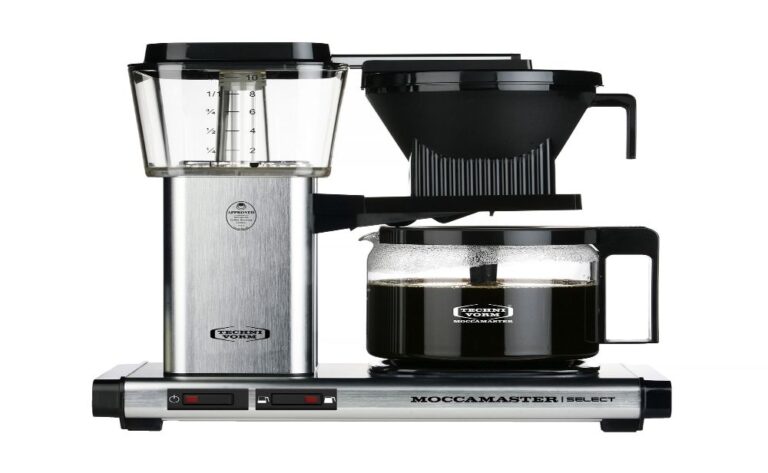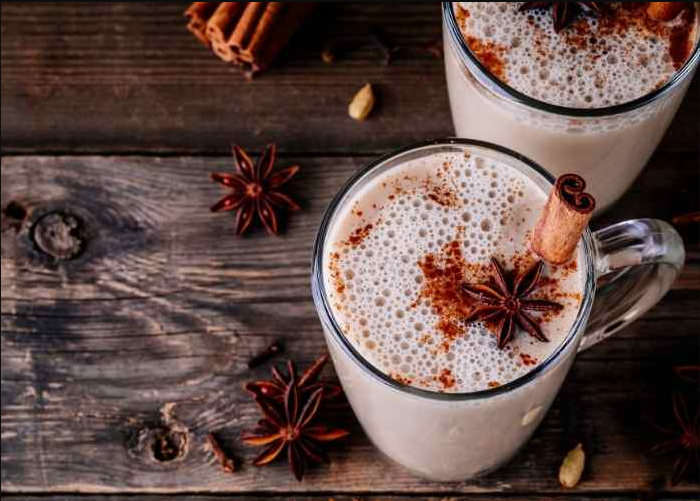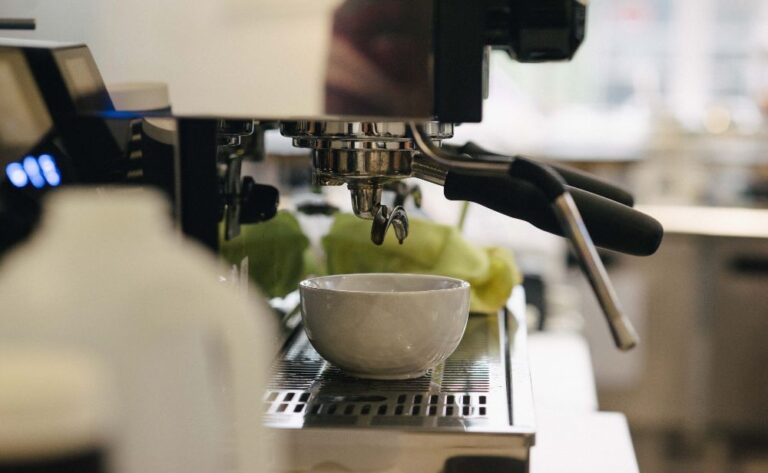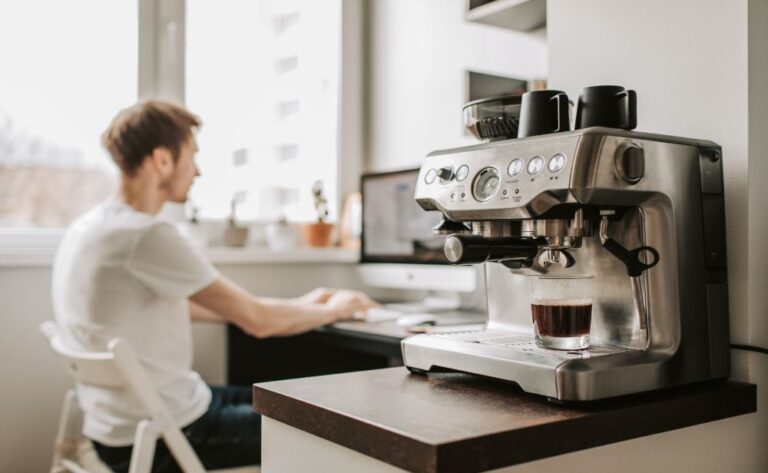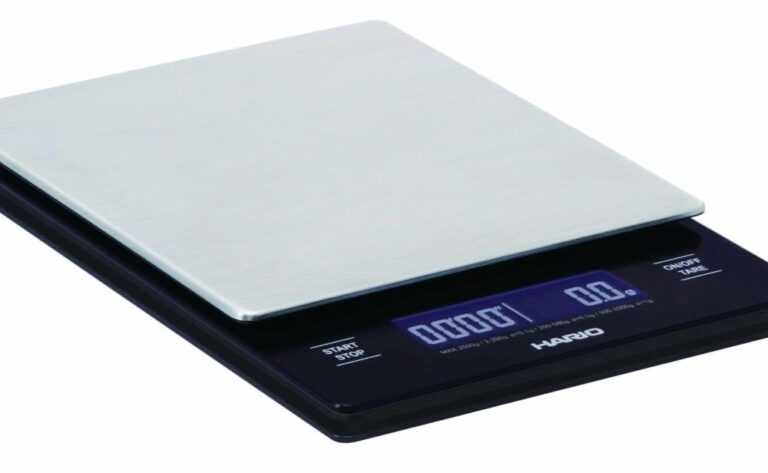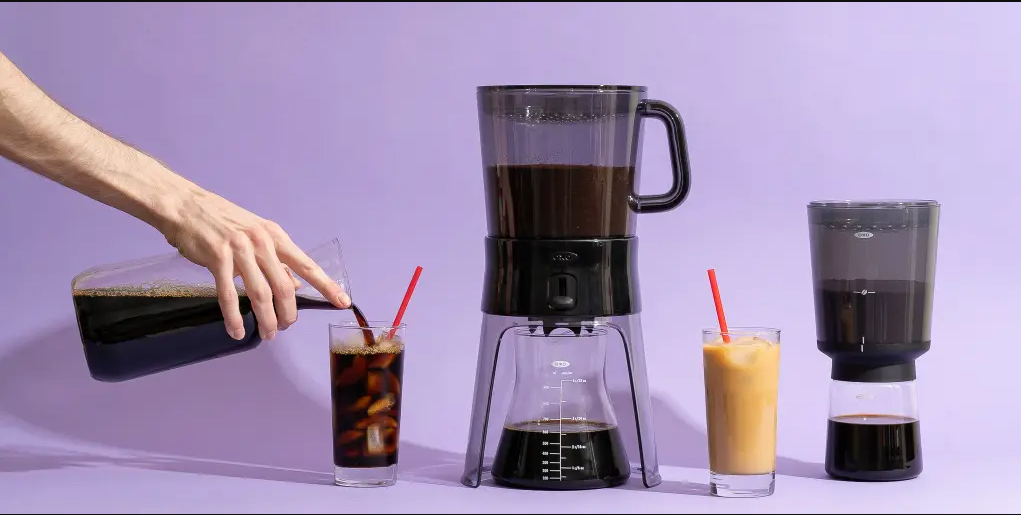
The Best Cold-Brew Coffee Maker
What Is Cold Brew?
What makes Cold Brew unique is the slow extraction process. Coffee is cooked for a long time (usually between 12 and 24 hours) in cold or room temperature water, pressed, and is either cut off from the water or served straight up ( If you feel wild and low in caffeine).
Making a whole day of coffee can seem complicated, but all the Cold Brew coffee-making techniques are “set it and forget it” and you don’t need much to make it strong, so the little details really do. Have a lot of effects (If you would like to read more about Cold Brew, this descriptor covers all the basics.)

The Criteria: What We Look for in a Great Cold Brew Coffee Maker

A great cold brew coffee maker has two functions: it is to make strong coffee, and it is easy to use. Although cold brew is easy to make, it can be incredibly messy, so a brewer that is easy to clean is a must.
The Testing
I ultimately found that the design of the brewer had a significant effect on the coffee’s final flavor. Most of the cold brewers I tested fell into two categories: a full immersion brewer that allows water and ground coffee to interact freely or a glass carafe with a cone-shaped basket to hold grounds. I also tested a slow-drip brewer.
At the end of the day, the brewers that made the best cups of coffee won out. I tested all samples without knowing which was which: I made coffees on each brewer, drained the concentrate (every cold brewer yielded a “concentrate” that was meant to be diluted once ready to drink), and labeled each concentrate in a mason jar with a number. Then, my partner, Jesse, who also works in coffee, diluted each sample and randomly arranged them by letter. We sampled the first two test batches and then brought in another friend, who owns a local coffee shop in the neighborhood, to test the final batch with us. Everyone recorded their impressions silently and then we talked about the results once we all tasted and made our determinations.
As a control, I bought cold brews from a local shop and picked up a bottle of ready-made cold brew to test alongside the samples.
I put each of my 10 brewers through two rounds of randomized testing. Once I eliminated my least favorite brewers, I then designed the third test, broken up into two parts. Finally, I considered usability and ease of cleaning.
For this test, I wanted to brew every coffee exactly the same, regardless of the instructions that came with each machine. Based on Stumptown Coffee’s Brent Wilczynski’s recommendations in this cold brew FAQ, I used the ratio of 12 ounces of coffee (a standard retail bag size) to 64 ounces of water (for easy math, that ratio is 1: 5.33, so if you know how much coffee you’re using, just multiply by 5.33), and scaled this up and down based on the capacity of the brewer.
I didn’t agitate any of the ground coffee when brewing, so I did notice that some of the brewers had dry spots that weren’t fully saturated. Some of the brewers specifically say not to agitate — the Filtron and the OXO brewers both have a perforated lid with dozens of tiny holes meant to drop water on the coffee almost like rainwater, so for this first round I didn’t agitate.
brewed each sample for 16 hours at room temperature with filtered water and used a coffee readily available in my grocery store (Wonderstate Coffee’s Driftless Blend, which is usually made up of a rotating selection of coffees—as of this writing, it’s actually composed solely of a coffee from Mexico. They give each coffee a rating based on how light or dark the coffee is roasted, one being light and five being dark roasted, and this received a 4/5). I let the brewers drain, put the coffee in the fridge for two hours, and then labeled each one from 1-12 in identical Mason jars. I also bought ready-made cold brew from the store and cold brews from my local coffee shop to use as controls.
Test 2: Sampling-Based on Instructions
For the second test, we used the same coffee and used each brewer’s guide to make coffee. We kept some things the same for the sake of consistency: this time we ground for 16 hours (almost every guide gave a time frame of 12-24 hours). We also reduced each sample based on manual suggestions.
We recorded our results and, combined with our impressions of Test 1, we fielded up to four of our favorites.
Test #3: Maximize the Potential
Once we settled on our four favorite brewers, we decided that this test should maximize the potential of each brewer. However, we still wanted to do some of the tests without knowing which brewer produced which coffee, so we broke up the testing into two phases.
Phase 1: We used a different coffee — a light-roasted single-origin coffee from Ethiopia — to determine how well each brewer would work with a range of roast profiles and origins. We followed the protocol set in Test 2, then sampled each coffee and discussed our results.
Phase 2: Once we knew which coffee was from which brewer, we experimented with dilution. We discussed what we liked about each coffee and tried to achieve the most balanced cup possible.
Usability and Ease of Cleaning
The old brew is a messy game because you have to transfer ground coffee once the brewing process is done. There’s nothing worse than dropping a bag of cold, wet grounds on the floor, and even if you’re careful, you’re likely dripping cold brew somewhere.
Removing the grounds from your finished product was incredibly easy with some brewers and a logistical nightmare with others. I also took into account the size of each brewer, how easily it sat on my counter, and what extras it came with.
